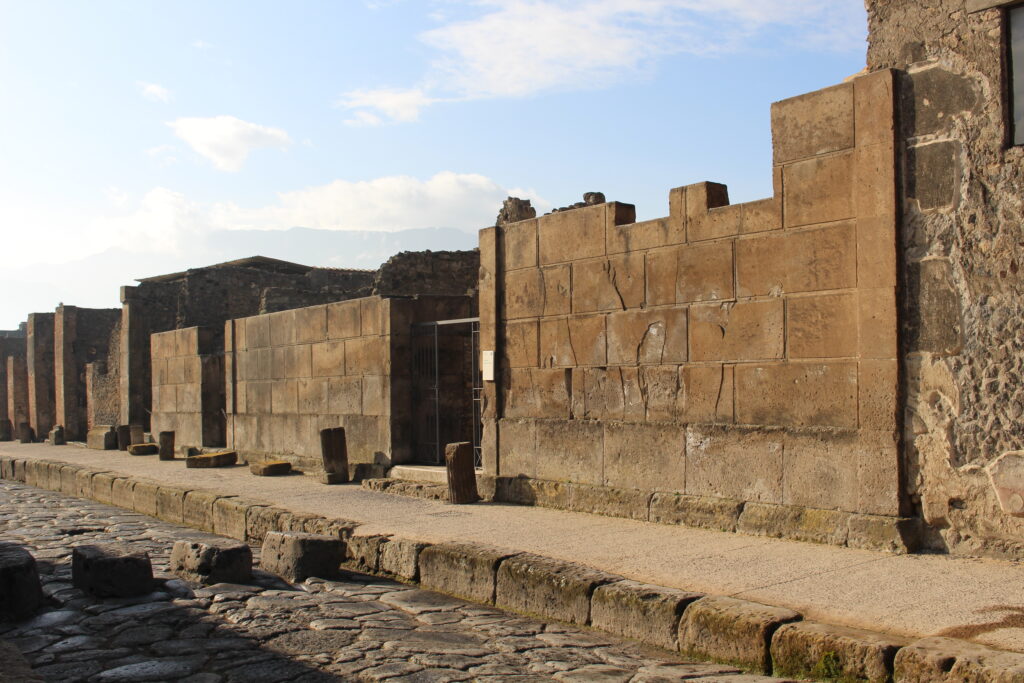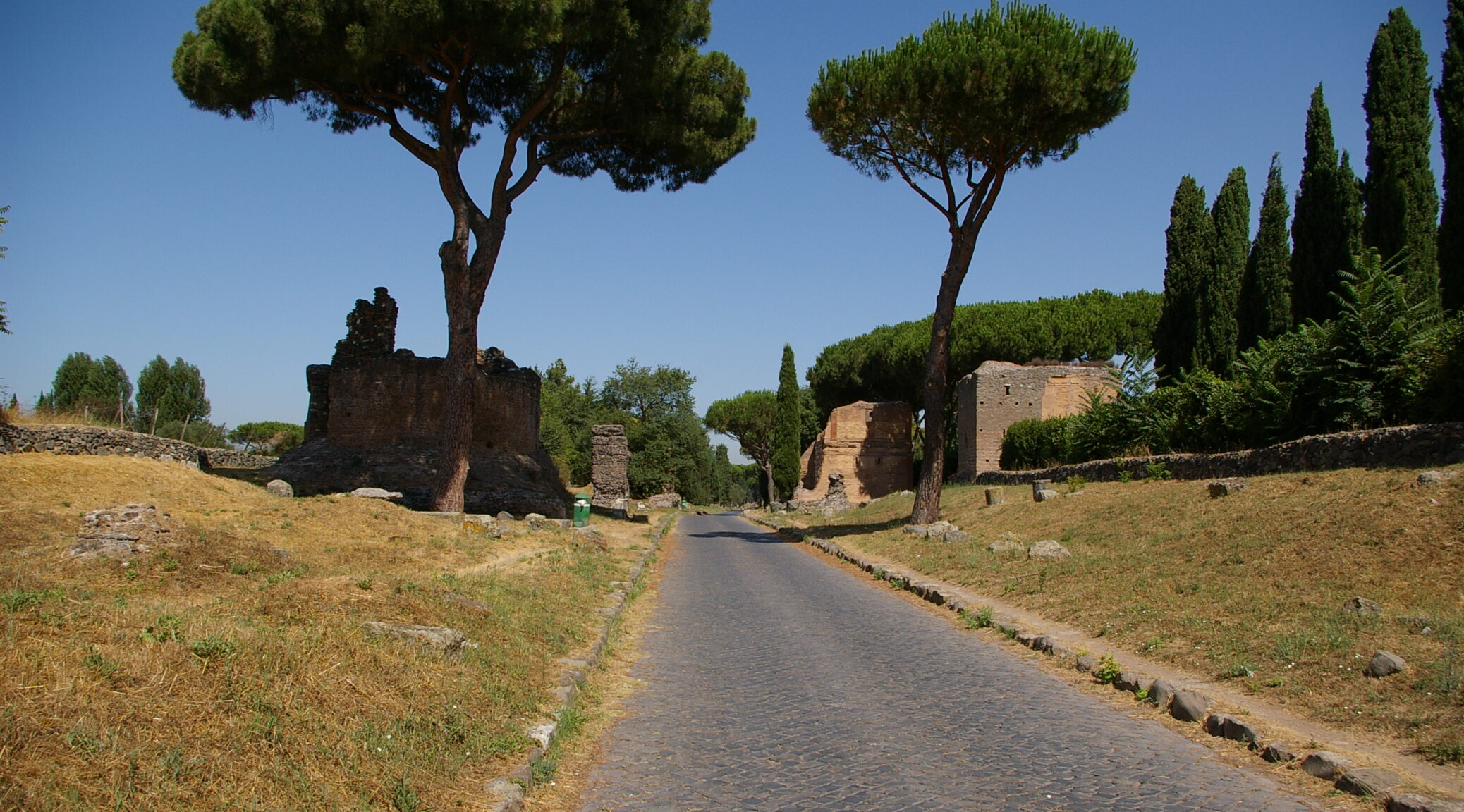
Why did Pompeians suddenly – in the mid second century BCE – start building houses with façades of finely polished tufa ashlar? This chapter was published in a volume on architecture and the ancient economy edited by Monika Trümper and Dominik Maschek. It offers a qualitative assessment of the economic rationale underlying the transformation of building practice in mid-second century BCE Pompeii. In this period, local traditional building practice based on carefully stacked blocks of travertine was replaced by a much more varied building practice that combined mortar with a number of regional building materials, including tuff ashlar.
The chapter observes that the new practice partially started from aesthetic considerations, but emerged with a clear economic rationale that both minimized costs and anticipated upon return on investment. Putting these developments in a broader Italic context suggests that the emerging building practice was facilitated by the unique local material circumstances at Pompeii: the developments in building technology were to a large extent local in nature, and should be seen as independent of architectural change. This, in turn, suggests that understanding the building practices and construction economies of the Roman world depends to a significant level on qualitative, but contextualized analyses of developments at the local level.
Bibliographical details
Type
Chapter in edited volume, 2022. Publication of a 2019 conference organized at the Freie Universität Berlin, where I gave an invited talk.
Reference
Flohr, M. (2022). ‘Between aesthetics and investment. Close-reading the tuff façades of Pompeii’, in M. Trümper and D. Maschek (eds), Architecture and the Ancient Economy. Analysis archaeologica, monograph series 5. Rome: Edizioni Quasar, 155–172. ISBN: 9788854912922.
Open Access
This publication is not currently (2023) available in open access. You can buy the volume here. For availability in libraries see worldcat.
Miko Flohr, 24/08/2022

